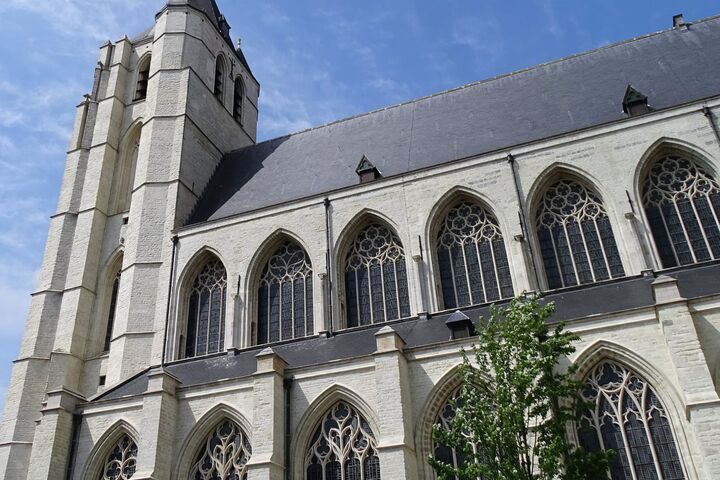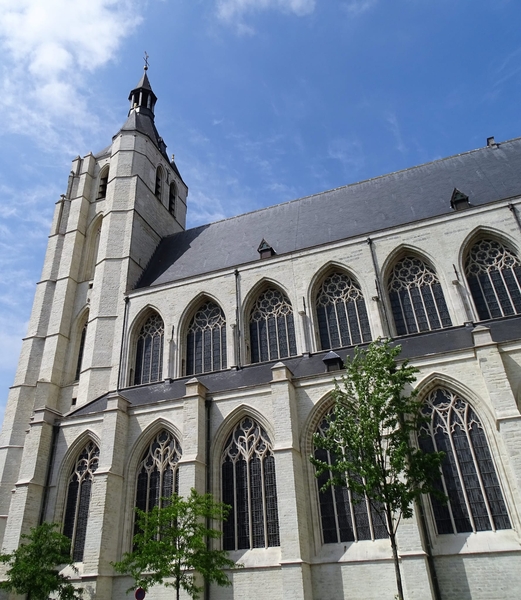Peter Paul Rubens was one of the most famous masters of his time. We can clearly see this in his Miraculous Draught of Fishes in the Church of Our Lady across the Dyle. Go and take a look and listen to the sea waves, smell the silt air, feel the sand under your feet and experience the miracle for yourself!
The Miraculous Draught of Fishes - Peter Paul Rubens
The Miraculous Draught of Fishes was commissioned from Peter Paul Rubens (1577-1640) by the fishmongers’ guild. The centre panel shows a group of muscular men drawing in their fishing nets. They are the apostles fishing fruitlessly, until Jesus encourages them to make a last a attempt. The right panel shows Tobias with the Archangel Raphael, a story in which the guts of the fish served to cure his father from blindness. The left panel shows us the finding of a denarius. This is Rubens at his best, with a work that feels as if it is bursting at the seams: powerful masculine bodies, characterful heads, foaming water and jumping fish. Rubens fulfilled and indeed exceeded the expectations of the fishmongers’ guild to render the richness of their trade and make it tangible. The work was saved from harm in spite of its wanderings and a church that was partially destroyed in the bombing of 1944.
Our Lady with the crooked waist
This probably 14th-century statue of Our Lady is the oldest sculpture in the Church of Our Lady across the Dyle. Its name refers to Mary’s posture, which is markedly crooked, as she is carrying the Baby Jesus on one of her hips. She is standing in a so-called ‘S line’, the natural posture of the hips when a mother carries her child on her arm. Legend has it that the sacristan of the church did not get up in time one day to open the church door and toll the bells for the Angelus prayer, at which point Our Lady took on the task and rang the bells for him. And this made her spine crooked.
Practical information
Disabled access
- Partially accessible for the disabled.




